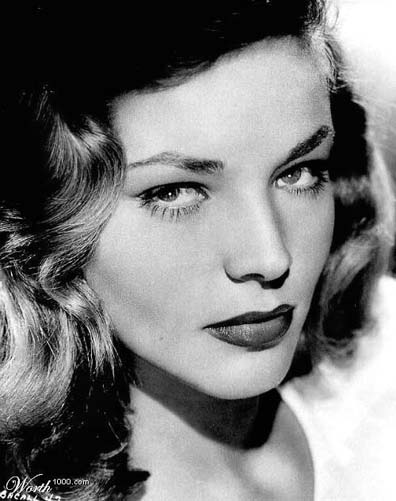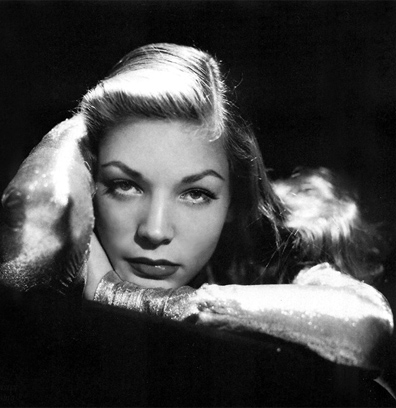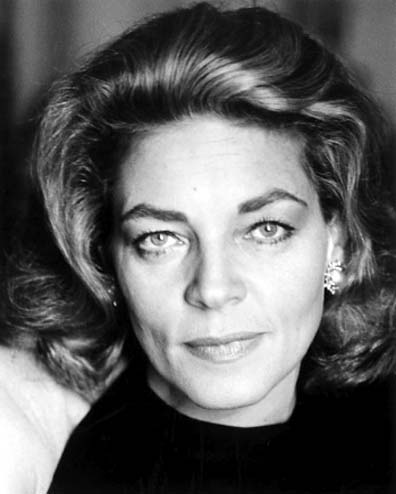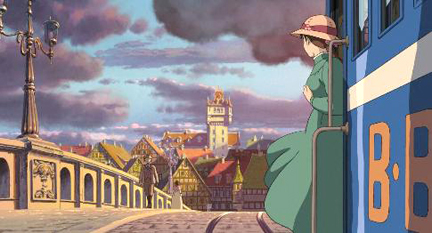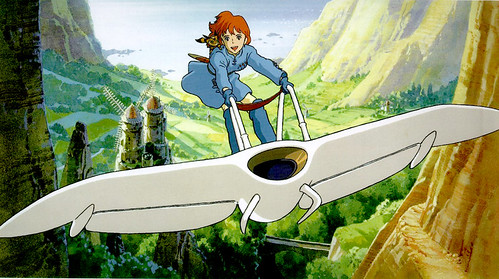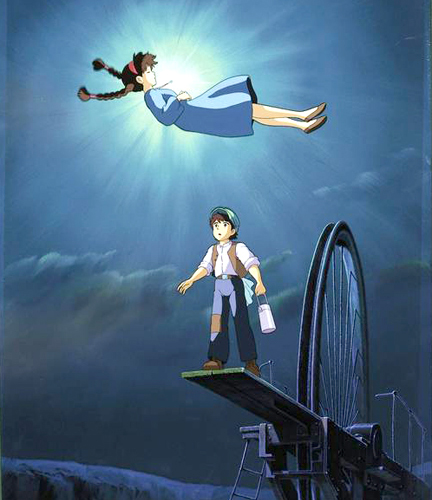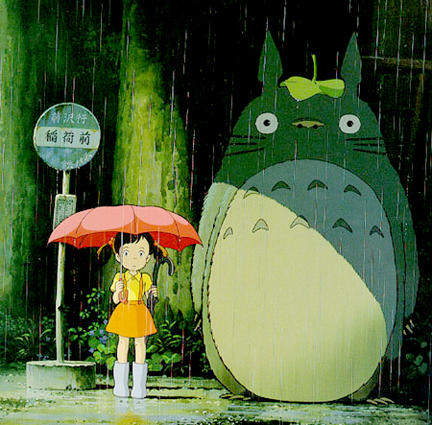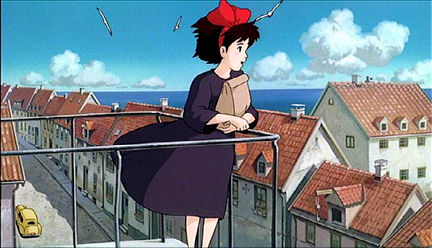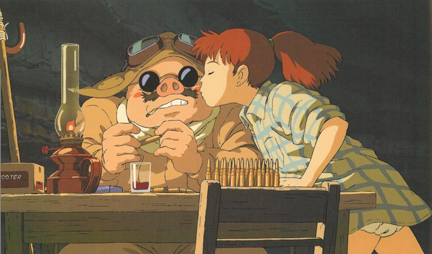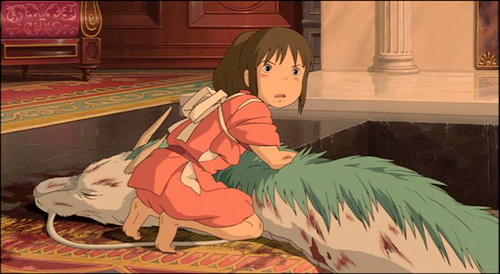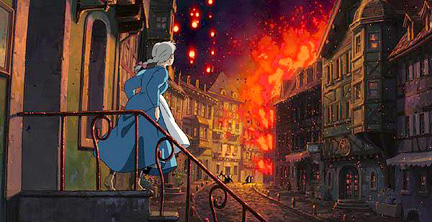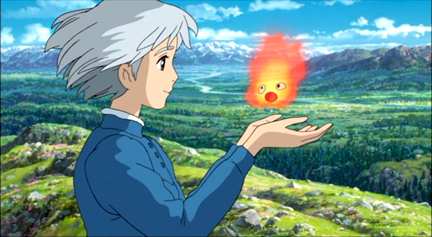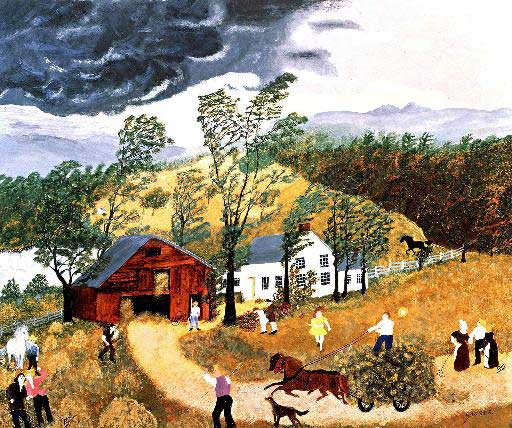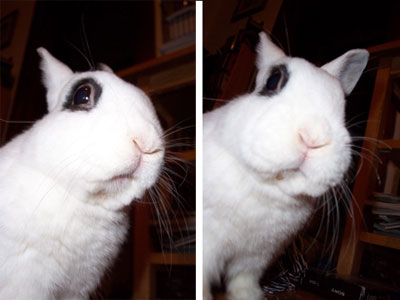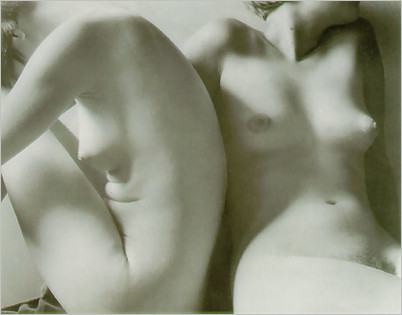
Imogen Cunningham - Two Sisters, 1928
I watch heroes. Well, Okay. I don’t WATCH Heroes... but if it’s on AND I’m at home AND the tv is on - then I watch Heroes. And last night there was this scene where the younger of two brothers dies. Then he is brought back to life. And the two brothers are standing in front of the fireplace, talking about what happened. The older brother says to the younger brother that he doesn’t know who he would be without the younger brother - something to that effect. And the younger brother, of course, says that he would still be himself. That nothing about him would change. But he’s wrong. The older brother tells him that there are people in your life who make you who you are because of who they believe you can be and what they expect you to be and that somehow living up to his little brother’s expectations is a huge part of who he is.
I just finished a play. In addition to some excellent headshots, we took photographs galore. I emailed them to my baby sister, who has been following my recent resurgence with great anticipation. My baby sister who has always known I was better than I actually am and has always believed I was cooler than I have any awareness of actually being. She is amazed at how I meet and connect with people - something that I struggled to learn to do but that she makes me feel is this natural fluid progression in my life. She saw the photographs and wrote back to tell me how incredible I am and how great I look and how she wishes she could do some of the things I do - and it was just like the voice she spoke to me in when she was 16 and I was 21 and bigger than life to her.
Now it’s ludicrous to make some connection with a superhero TV show and I probably would have thought about this anyway, but here goes:
I understood and connected with that moment on that show because I wouldn’t be who I am if it weren’t for MY little sister. She has been known to drive me crazy and she’s difficult and she’s demanding. She’s also wildly creative and passionate and dark and brilliant and the only person I know who holds people to a higher standard than I do. The sheer force of her will makes me certain I can be anything if I know she believes in me. Her creativity and passion are a constant inspiration but also something I unconciously compete with. Her willingness to be herself no matter how difficult or how costly it may be to her makes me require more of myself and helped waken me from the wasted stupor of the last few years. She doesn’t realize that I think about her all the time and her pictures are all over in my new home. She doesn’t know that so many of these new friends I have made have already heard about my cool little sister and how amazing she is.
She doesn’t know that every day I demand more of myself and must be true to myself and I strive to live every moment fully - that I MUST, because my sister is watching.

